A cutting-edge study revolutionizes coastal wetland mapping by integrating unmanned aerial systems with light detection and ranging (LiDAR) and multispectral sensors. This innovative approach provides detailed elevation data and vegetation analysis, enabling highly accurate classifications of diverse wetland types. The research advances conservation by offering a scalable, efficient, and cost-effective method that is instrumental in climate change mitigation strategies and informs policy-making for coastal resilience.
Tag: Carbon Sequestration

An Inside Look at How Plants and Mycorrhizal Fungi Cooperate
For millions of years, underground fungi have lived in symbiosis with plant roots. Researchers have been able to study both sides of this interaction up close, using RNA sequencing to understand gene expression: one of the first cross-kingdom spatially-resolved transcriptomics studies to date.
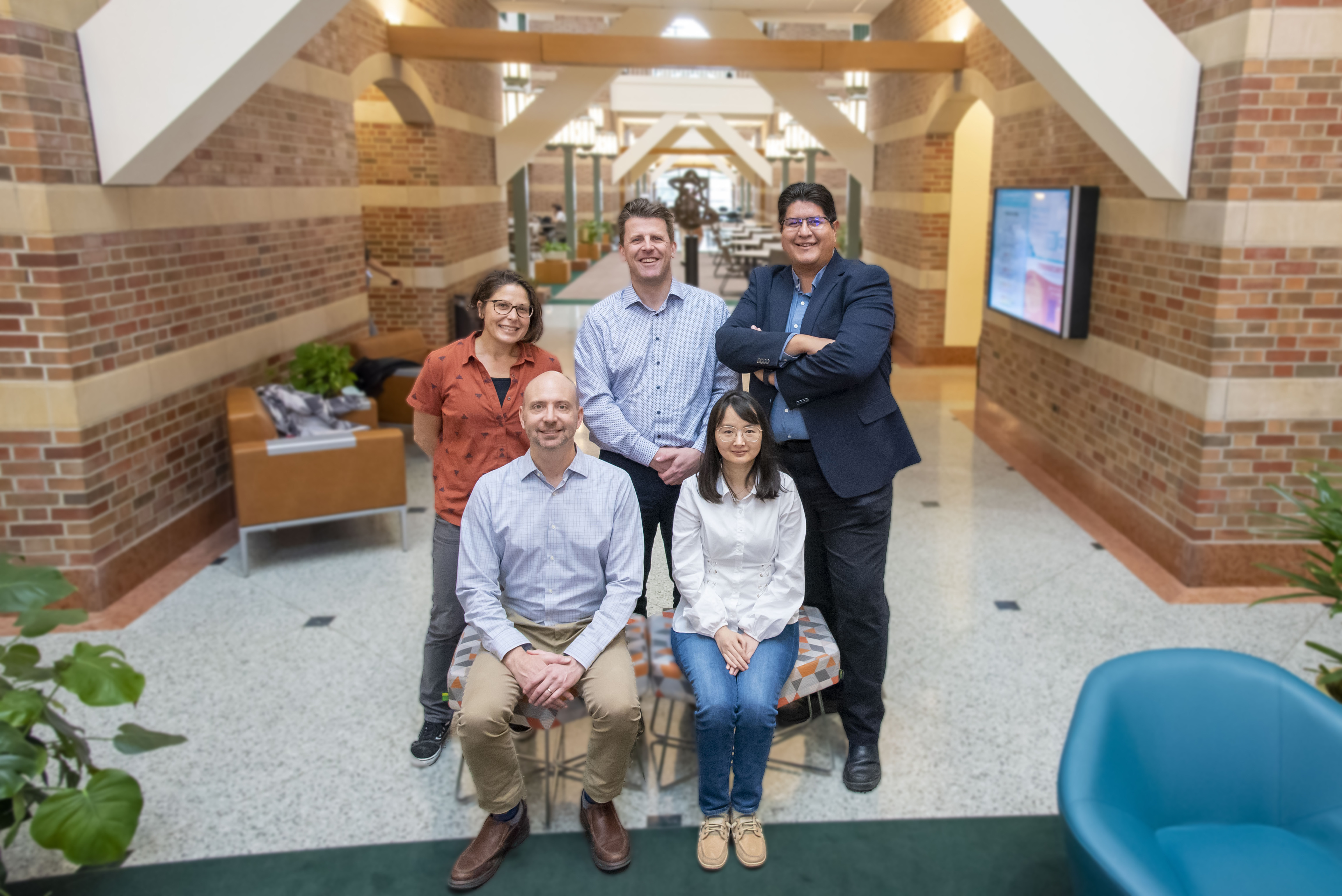
Microdroplets, macro results: Beckman researchers pursue Energy Earthshots
Researchers at the Beckman Institute will conduct electrochemical reactions in microdroplets to produce clean hydrogen, sequester carbon dioxide, and store renewable energies like wind and solar inexpensively and sustainably. Their project, called DROPLETS, received $4.5 million from the U.S. Department of Energy’s Office of Science through its Energy Earthshots Initiative.
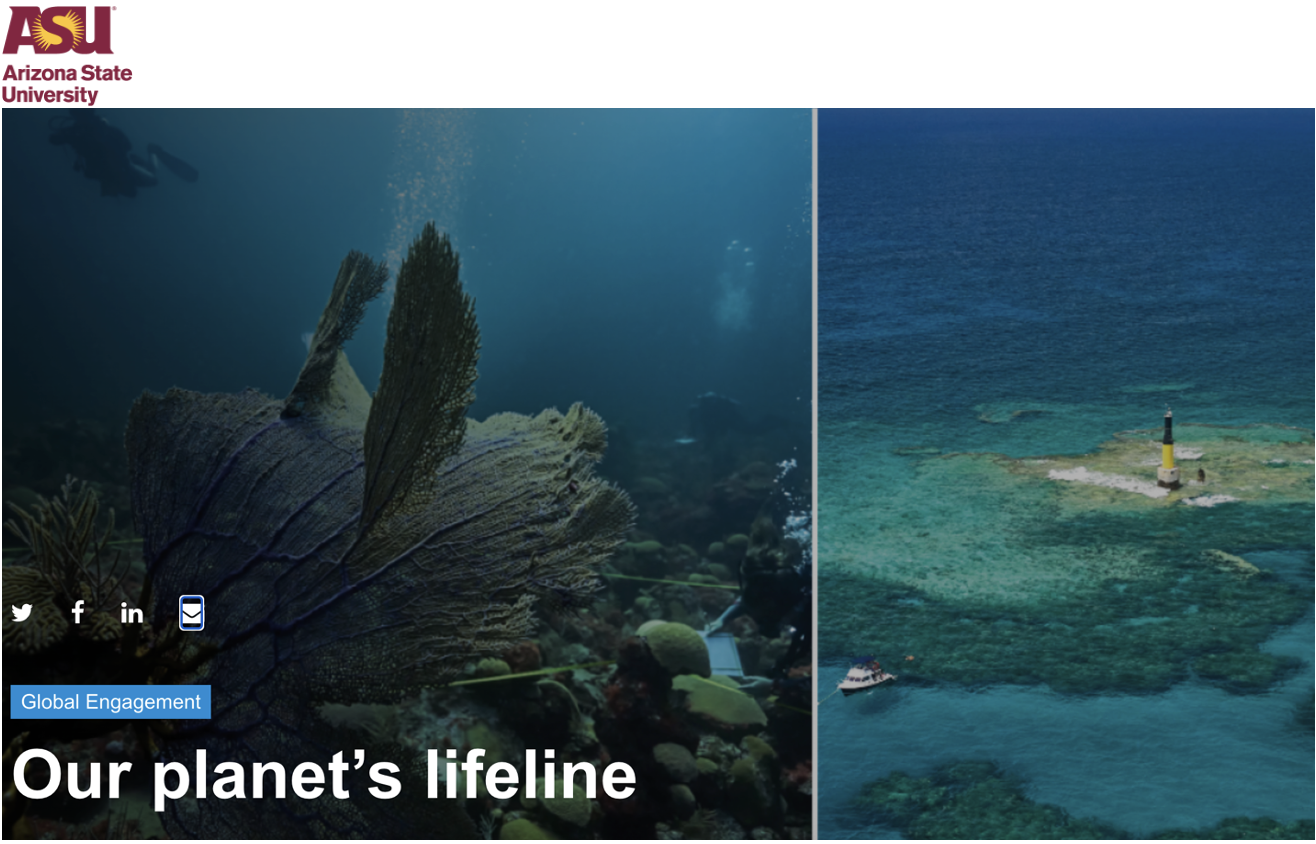
ASU Bermuda Institute of Ocean Sciences research sheds light on zooplankton’s vital role in carbon sequestration
ASU BIOS research unveils zooplankton’s vital role in carbon sequestration, crucial for mitigating climate change and preserving ocean health.
Lawrence Livermore grabs two spots in DOE’s Energy Earthshot program
Lawrence Livermore National Laboratory scientists will lead and co-lead projects in support of the Department of Energy’s (DOE) new Energy Earthshot program.
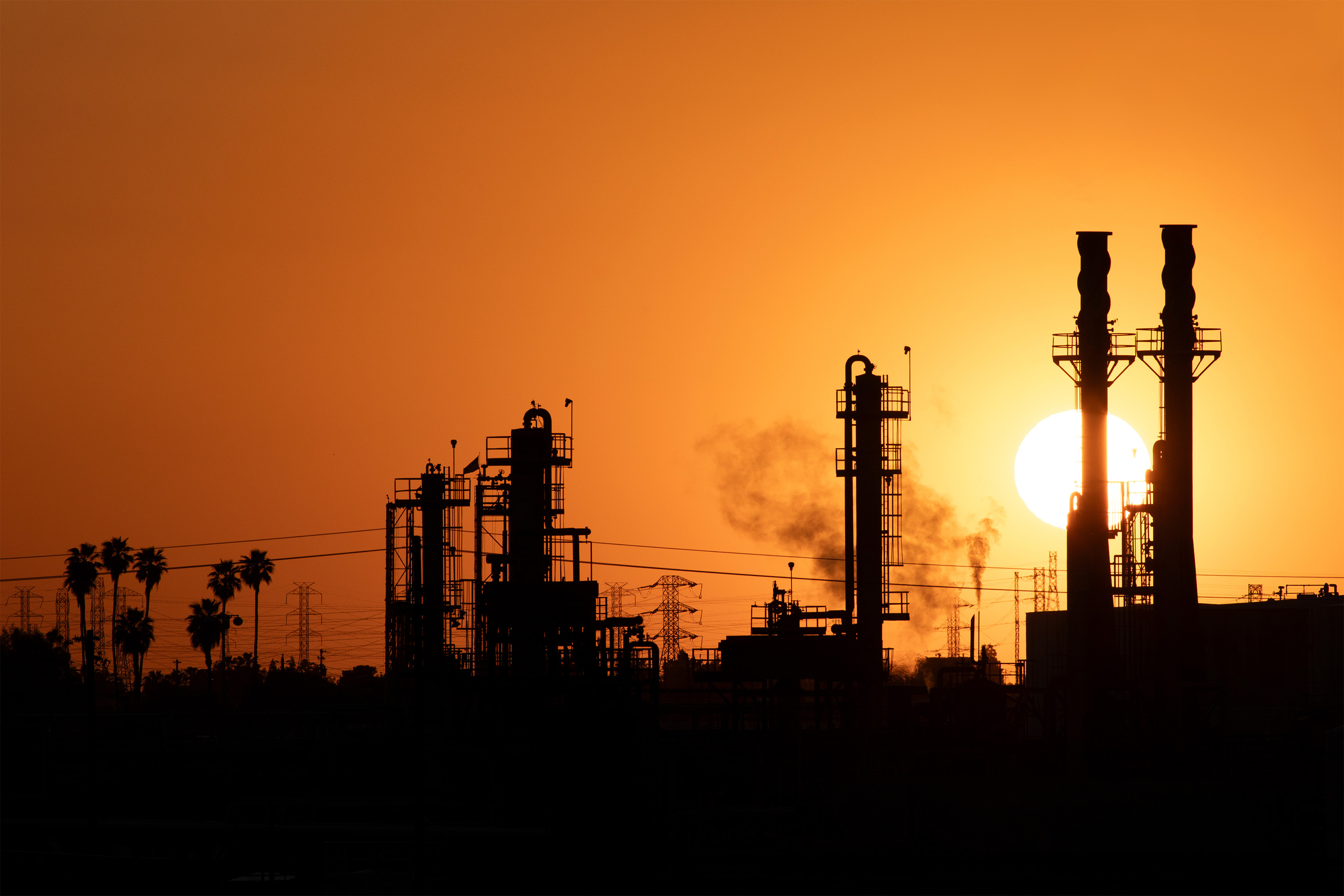
California Group Exploring Viability of a Community-Centered Direct Air Capture Hub
Researchers from Berkeley Lab are co-leading a project to explore the creation of a direct air capture facility that uses cutting-edge technologies to remove carbon dioxide from the atmosphere in California’s Southern San Joaquin Valley.
Sandia successfully tests heat-powered system
Researchers at Sandia National Laboratories recently designed, built and lab-tested a device that can use the temperature difference caused by periodically pumping carbon dioxide down a borehole to charge batteries to someday power underground sensors.
Five ORNL scientists to receive DOE Early Career Research awards
Since its inception in 2010, the Early Career Research program bolsters national scientific discovery by supporting early career researchers in fields pertaining to the Office of Science.

FSU researchers analyze carbon sequestration in California Current Ecosystem
Florida State University researchers have analyzed the carbon exported from surface waters of the California Current Ecosystem — the first-ever study to quantify the total carbon sequestration for a region of the ocean.
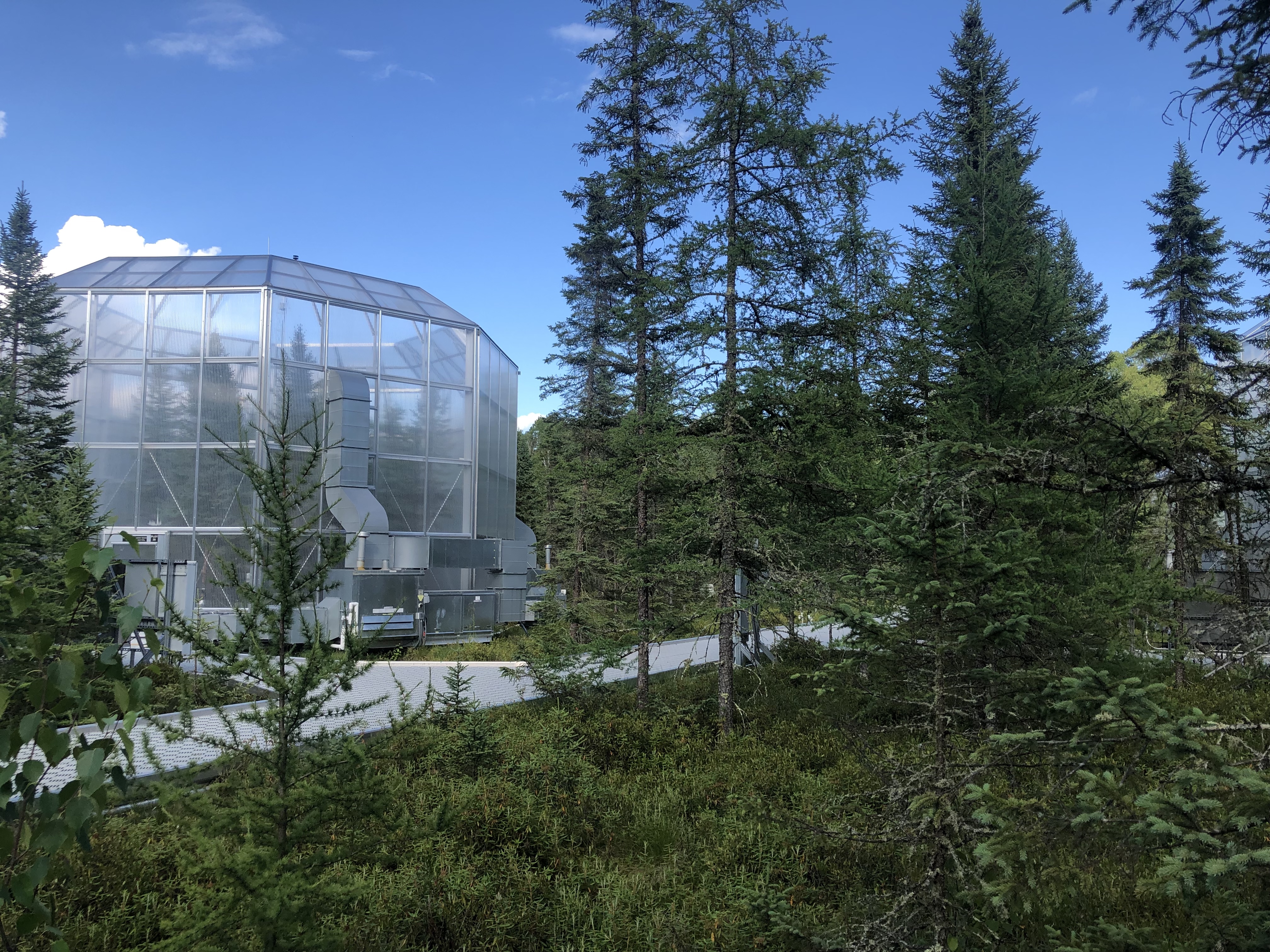
Rising Temperatures Alter ‘Missing Link’ of Microbial Processes, Putting Northern Peatlands at Risk
Georgia Tech researchers show that rising temperatures in northern regions may damage peatlands: critical ecosystems for storing carbon from the atmosphere — and could decouple vital processes in microbial support systems.
Can clay capture carbon dioxide?
A Sandia National Laboratories-led team of scientists has been using powerful computer models combined with laboratory experiments to study how a kind of clay can soak up carbon dioxide and store it.
Introducing a new solution to decode carbon and ecosystem service needs
American Society of Agronomy, Crop Science Society of America, and Soil Science Society of America proudly present a free, online source for unbiased, science-based information. The new platform is live, and it’s called Decode 6
Dissecting the Ecology of Microalgae and Bacteria across Time and Space
Microalgae play an important role in the Earth’s climate, converting carbon dioxide into solid carbon. This research sought new ways to study these microalgae and their associated bacterial communities across time and space. The researchers created a new co-culture method called a “porous microplate” that passes nutrients and molecules associated with metabolism between culture cells while blocking physical contact between algae in adjacent wells.
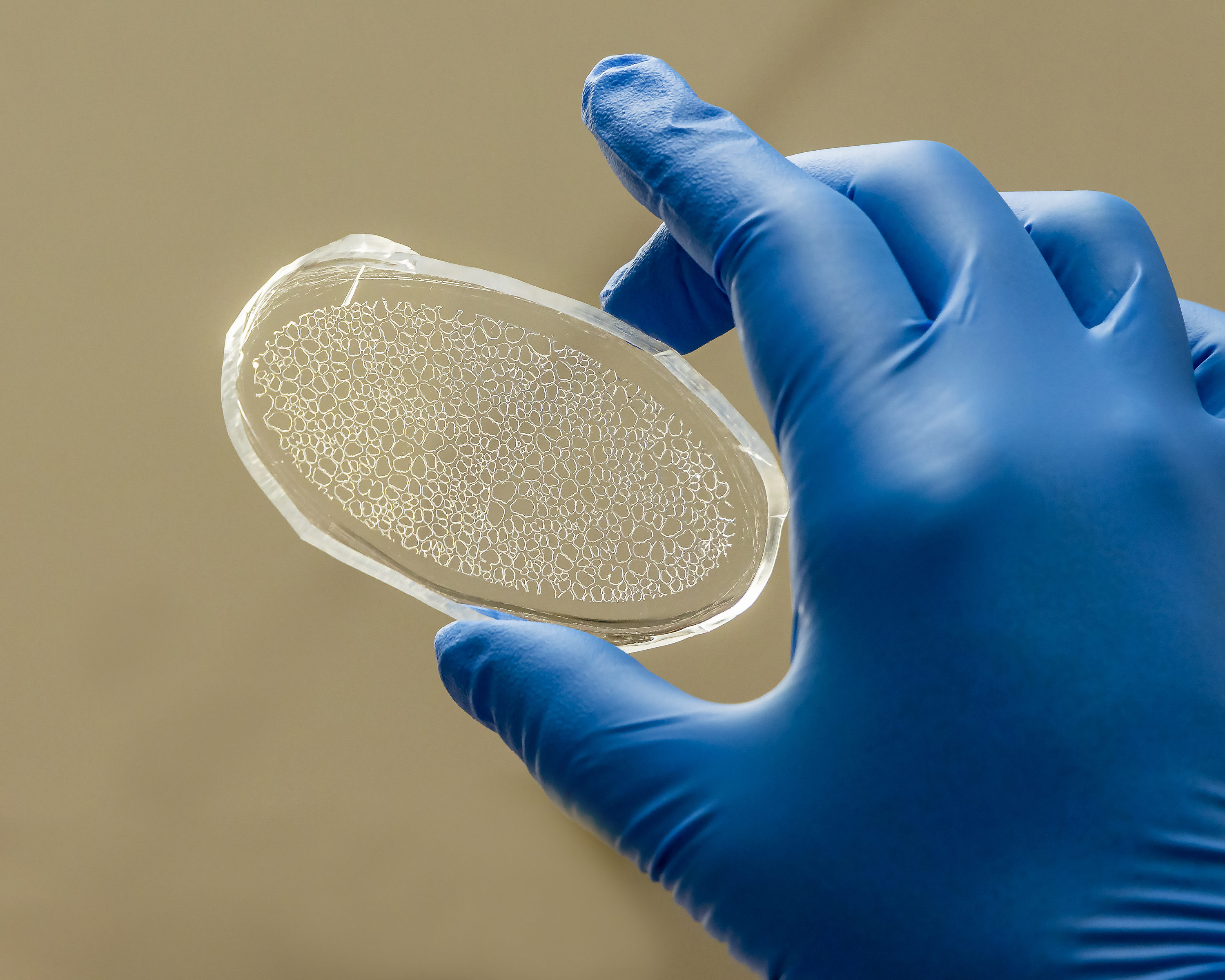
Unearthing the secrets of plant health, carbon storage with rhizosphere-on-a-chip
Scientists at the Department of Energy’s Oak Ridge National Laboratory have created a miniaturized environment to study the ecosystem around poplar tree roots for insights into plant health and soil carbon sequestration.
How we choose to end deforestation will impact future emissions
Could the Glasgow Leaders’ Declaration on Forests and Land Use’s ambitions be too ambiguous? An international team of researchers looked into this question.
Soil study shows why nitrous oxide emissions should factor into climate change mitigation
Poorly drained agricultural soils emit enough of the greenhouse gas nitrous oxide that the resulting climate change effects could far exceed the benefits of using the same soils as a means of sequestering carbon, according to a recently published scientific study.
What is “soil carbon”?
Both frozen carbon dioxide and organic matter are important forms of soil carbon
Agricultural decarbonization gets new emphasis at ORNL
Finding a way to reduce metric tons of carbon dioxide while sustaining food products to feed the country and the world is becoming an area of increased focus in national decarbonization efforts and is attracting increased attention at Oak Ridge National Laboratory.
Danforth Center and Salk plant researchers launch collaboration to breed carbon-capturing sorghum
Researchers at the Salk Institute’s Harnessing Plants Initiative have established a five-year, $6.2 million collaboration with Dr. Nadia Shakoor and her team at the Danforth Center to identify and develop sorghum plants that can better capture and store atmospheric carbon.
NSF Taps Danforth Center to Lead New Institute to Advance the Restoration of Natural and Agricultural Ecosystems
The Donald Danforth Plant Science Center today announced a $12.5 million grant from the National Science Foundation (NSF) to establish the New Roots for Restoration Biology Integration Institute (NRR-BII).
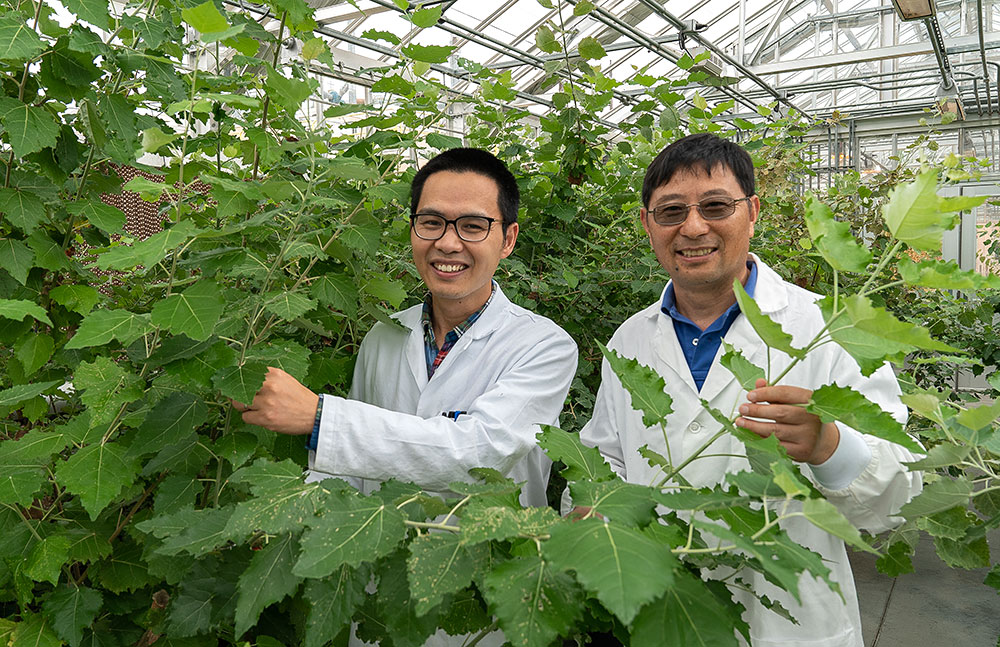
Scientists ID Enzyme for Making Key Industrial Chemical in Plants
Scientists studying the biochemistry of plant cell walls have identified an enzyme that could turn woody poplar trees into a source for producing a major industrial chemical. The research, just published in Nature Plants, could lead to a new sustainable pathway for making “p-hydroxybenzoic acid,” a chemical building block currently derived from fossil fuels, in plant biomass.
Russian forests are crucial to global climate mitigation
A new study by IIASA researchers, Russian experts, and other international colleagues have produced new estimates of biomass contained in Russian forests, confirming a substantial increase over the last few decades.
Single gene boosts climate resilience, yield and carbon capture in crops
Scientists at Oak Ridge National Laboratory have discovered a single gene that simultaneously boosts plant growth and tolerance for stresses such as drought and salt, all while tackling the root cause of climate change by enabling plants to pull more carbon dioxide from the atmosphere.
Argonne demonstrates benefits of restoring native vegetation at solar facilities
Modeling different land use types, Argonne researchers demonstrate that the growth of native grasslands on large solar utility sites can help restore biodiversity, maintain ecosystem services and aid agriculture.
A ‘jolt’ for ocean carbon sequestration
Global oceans absorb about 25% of the carbon dioxide released into the atmosphere when fossil fuels are burned. Electricity-eating bacteria known as photoferrotrophs could provide a boost to this essential process, according to new research from Washington University in St. Louis.Scientists led by Arpita Bose, assistant professor of biology in Arts & Sciences, found that bacteria found in brackish sediments can “eat” electricity and, in the process, absorb and lock away climate-warming carbon dioxide.
8 Things Argonne is Doing to Save the Earth
Stepping into their superhero gear, Argonne scientists are using science and the world’s best technology to combat some of Earth’s toughest foes, from pollution to climate change.
Rutgers Expert Available to Discuss Viral ‘Pandemics’ in Oceans
New Brunswick, N.J. (April 6, 2021) – Rutgers University–New Brunswick microbial oceanographer Kay D. Bidle is available for interviews on the persistent and profound impact of viral infections on algae in the oceans. These infections influence the Earth’s carbon cycle, which helps…

Susannah Tringe: Then and Now / 2011 Early Career Award Winner
Susannah Tringe is the Deputy for User Programs of the Joint Genome Institute. Her 2011 Early Career Award research revealed complex interactions among soil microbes, soil nutrient content, water salinity, and other features that ultimately determine net greenhouse gas fluxes.
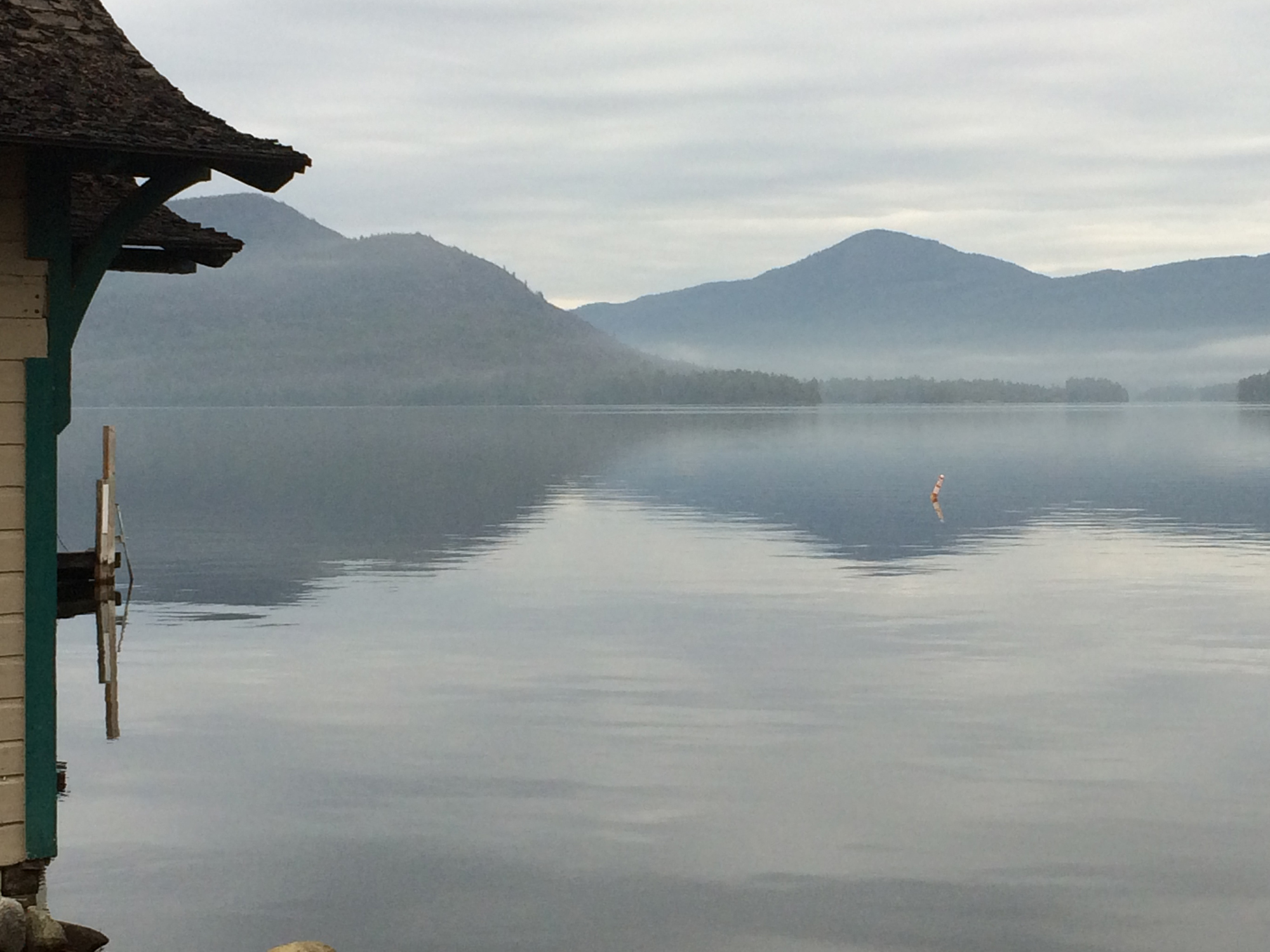
Are Lakes Emitting More Carbon Dioxide in a Warming World?
As the planet heats up, are lakes releasing more carbon dioxide into the atmosphere? With a prestigious National Science Foundation Faculty Early Career Development (CAREER) grant, researcher Kevin Rose will examine large-scale patterns in concentrations of carbon dioxide (CO2) and dissolved oxygen to answer the question.
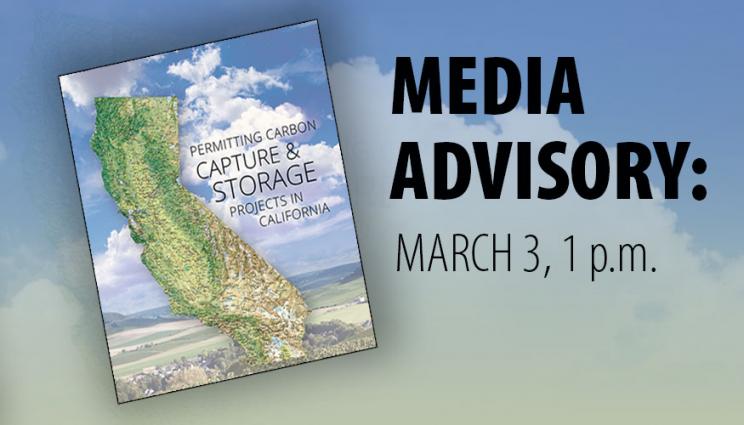
Media availability for energy experts to discuss carbon capture, storage and regulations for California
George Peridas, director of carbon management partnerships, and staff scientist Briana Schmidt from Lawrence Livermore National Laboratory, will be available to discuss results from a new report titled “Permitting Carbon Capture and Storage in California” that examined the regulatory framework for authorizing carbon capture and storage in California and offers options for government and project developers to enable robust, transparent and efficient project permitting in line with the state’s goal to reach carbon neutrality by 2045 or earlier.

Lab report outlines updates to state regulations for carbon capture and storage
To reach economy-wide carbon-neutrality by 2045 or earlier, California will likely have to capture, transport and geologically store tens of millions of tons per year of carbon dioxide (CO2) from large sources and from the atmosphere.
California has an extensive regulatory framework that is rigorous, robust and will safeguard the environment, public health and safety during these activities. However, this framework cannot handle the timely permitting and deployment of sufficient projects to protect the rapidly worsening climate and support achieving the state’s climate goals, according to a report by Lawrence Livermore National Laboratory (LLNL).
Trees can help slow climate change, but at a cost
COLUMBUS, Ohio – Widespread forest management and protections against deforestation can help mitigate climate change – but will come with a steep cost if deployed as broadly as policymakers have discussed, new research suggests.
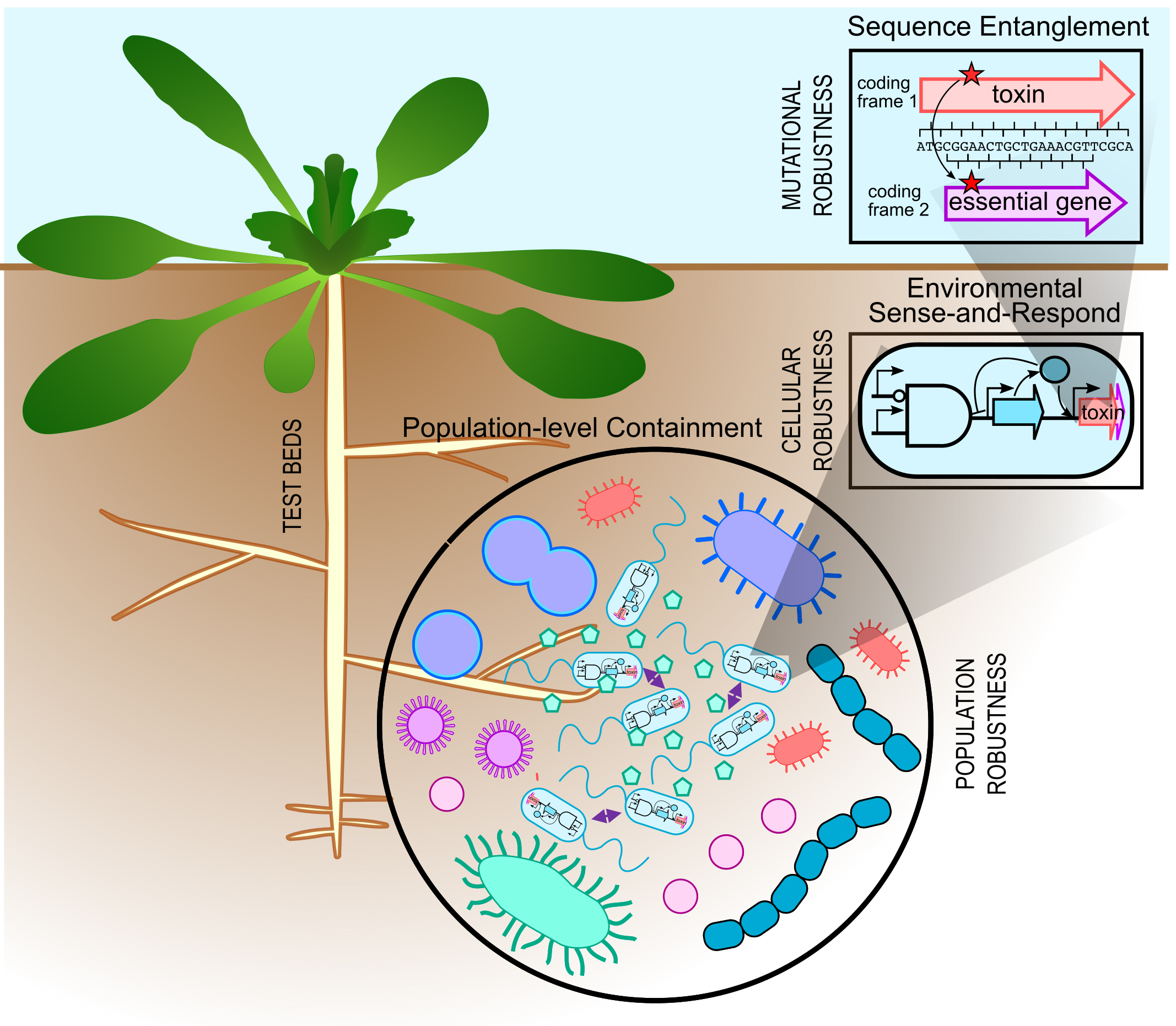
Building a secure and robust biosystem design for environmental microorganisms
To reduce the risk of unintended ecological consequences from environmentally deployed, genetically engineered microorganisms (GEMS), Lawrence Livermore National Laboratory (LLNL) scientists and collaborators are developing built-in “security mechanisms” that ensure they function where and when needed.
CoverCress Announces Cover Crop Carbon-Sequestration Collaboration with Salk Institute
CoverCress, Inc., announced a new collaboration with the Salk Institute to improve plant yield, soil health and soil organic carbon storage in cover crops via cutting-edge technologies developed by the Salk’s Harnessing Plants Initiative (HPI).

The $500 billion question: what’s the value of studying the ocean’s biological carbon pump?
A new study puts an economic value on the benefit of research to improve knowledge of the biological carbon pump and reduce the uncertainty of ocean carbon sequestration estimates.
Rutgers-Led Project Will Buy 76,000 Oysters From Farmers Struggling During COVID-19 Pandemic
New Brunswick, N.J. (Sept. 10, 2020) – A Rutgers-led project will buy 76,000 oysters from New Jersey oyster farmers who are struggling to sell the shellfish following the shutdown of restaurants and indoor dining as a result of the COVID-19…
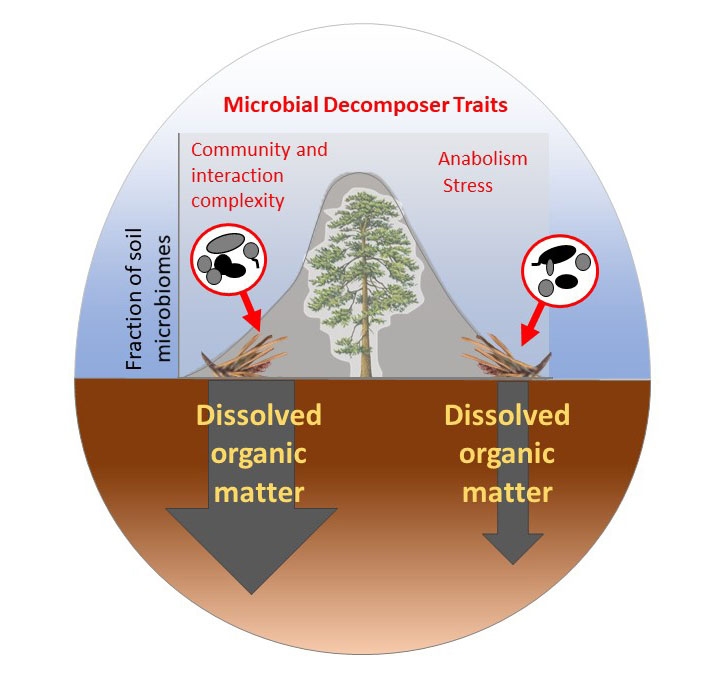
The Traits of Microbes Matter in Microbial Carbon Cycling and Storage
Researchers studied different microbiomes to determine if the constituent species were equally good at breaking down leaf litter. The research helped to identify the microbial traits that might lead to related carbon storage or loss and found that the makeup of a soil microbiome is critical to the fate of carbon in soil.
New soil models may ease atmospheric CO2, climate change
To remove carbon dioxide from the Earth’s atmosphere in an effort to slow climate change, scientists must get their hands dirty and peek underground.
Towards a new generation of vegetation models
A new study explored the most important organizing principles that control vegetation behavior and how they can be used to improve vegetation models.
Shedding light on how much carbon tropical forests can absorb
New research sheds light on how much tropical forests’ ability to take up and store carbon differ between forests with high versus low species richness, aiming to enhance our ability to predict tropical ecosystems’ strength as global carbon sinks.
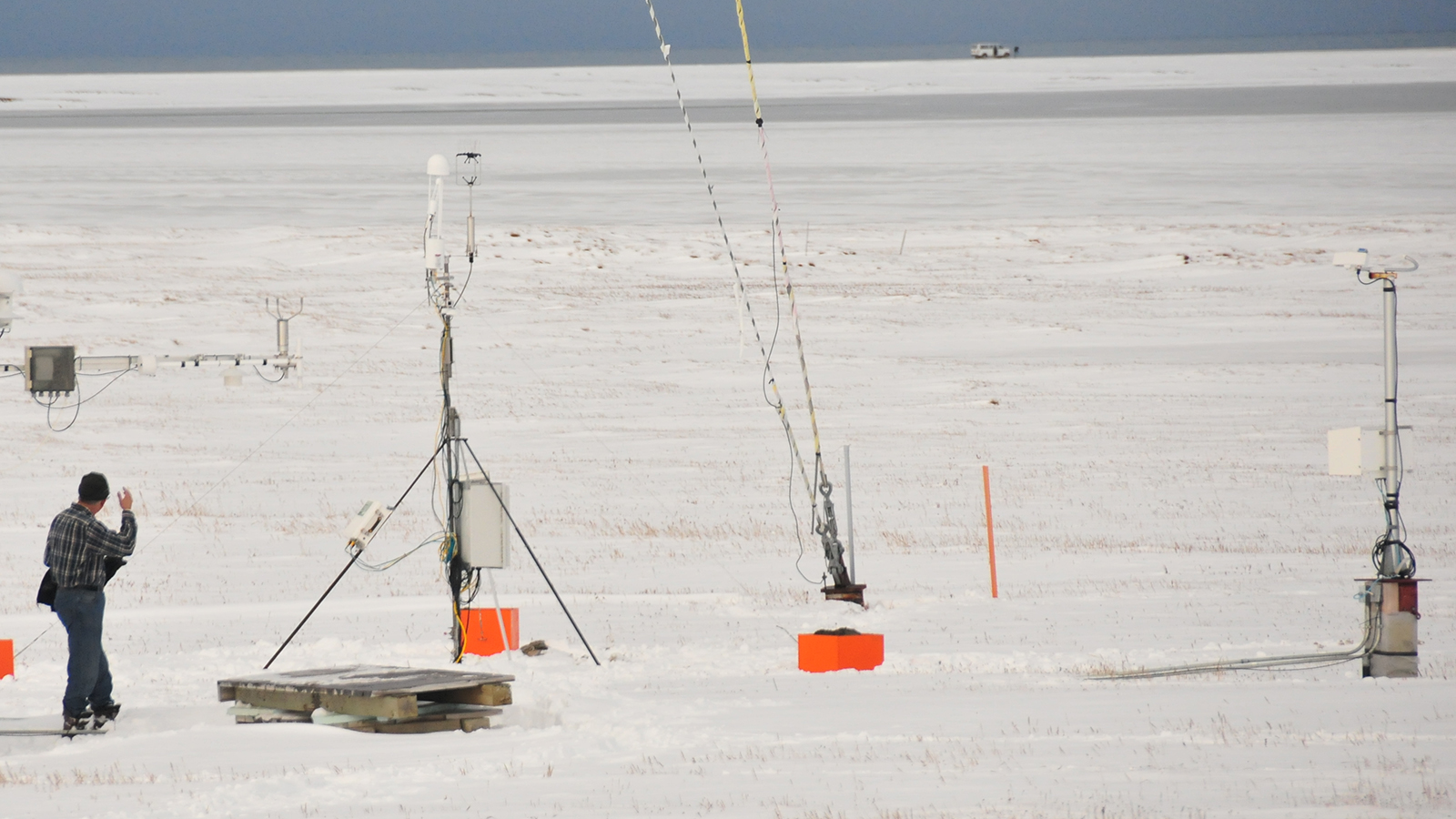
Rising global temperatures turn northern permafrost region into significant carbon source
A new study that incorporates datasets gathered from more than 100 sites by institutions including the U.S. Department of Energy’s (DOE) Argonne National Laboratory, suggests that decomposition of organic matter in permafrost soil is substantially larger than previously thought, demonstrating the significant impact that emissions from the permafrost soil could have on the greenhouse effect and global warming.
Rutgers Expert Available to Discuss Climate Change Impacts on Land, Wildfires and Solutions
New Brunswick, N.J. (Jan. 15, 2020) – Rutgers University–New Brunswick Professor Pamela McElwee is available for interviews on climate change impacts on land, including increasing wildfires such as in Australia and California, and solutions. She is scheduled to testify before…